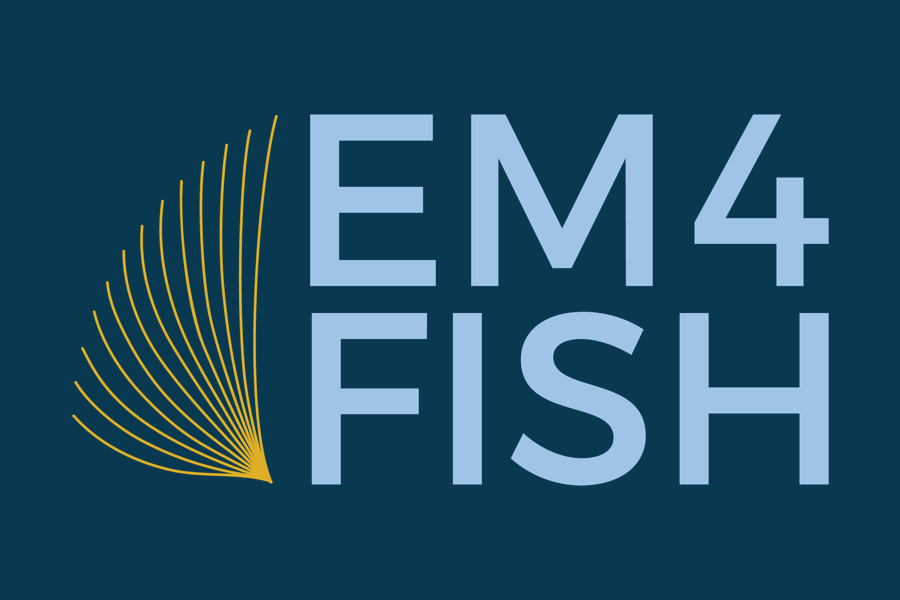Electronic Monitoring on the U.S. West Coast is currently utilized only by participants in the Trawl Individual Quota (ITQ) program. There are three gear groups within the program that are using EM: midwater trawl, bottom trawl and fixed gear.
The ITQ program was implemented in 2011 and the program allocates quota of several groundfish species to individuals to harvest. The fishery occurs off the states of Washington, Oregon and California with the bulk of groundfish landings coming into the state of Oregon. For more general information on the ITQ program itself, please see this page.

There are substantial expenses associated with participating in the ITQ program including the cost of 100% human observation. Compounding the expense of human observers is the fact that some ports in California are fairly remote and have low landings, which results in even higher costs incurred to keep an observer available to the participants. In some instances, trips are delayed due to the lack of observers available in those locations.
In 2014, participants in the ITQ program sought exempted fishing permits (EFPs) to test whether utilizing integrated camera systems in lieu of human observers would prove both cost effective and logistically efficient for vessel operations while still providing 100% monitoring of catch and discards to comply with the personal accountability requirements of the ITQ program. The Pacific Fishery Management Council recommended moving forward with the EFPs and National Marine Fisheries Service issued EFPs to over 30 unique vessels in 2015.
For each sector the primary catch-reporting tool is the logbook, completed by the vessel captain. The captain records catch information as well as any discards in the logbook. The video is then used to audit the logbook.
Based on the relative simplicity and success of the EFPs, the Pacific Council recommended moving from EFPs to federal regulations for both the midwater trawl and fixed gear fisheries beginning in 2017. The midwater trawl fishery is made up of vessels fishing primarily for Pacific whiting and these vessels utilize maximum retention – meaning that essentially everything they catch goes directly into the hold without any sorting done at-sea. Whiting vessels were required to use EM from 2004-2010 under a separate EFP process. This program was eliminated upon implementation of the ITQ program, however, along with the 100% human observation requirement.
The fixed-gear participants within the ITQ program are vessels utilizing the “gear-switching” component of the ITQ program and they are primarily fishing sablefish (black cod). Both sectors have demonstrated through the EFPs that the estimates of discard amounts by the vessel captains are very close to the estimates of discards by the video reviewer. Additionally, there have been no major compliance issues by vessels utilizing EM.
The bottom trawl EFP will continue for another few years collecting additional information before moving to federal regulations. The bottom trawl EFP is more complex than the other two in that there are a number of species being caught and some discarded (at-sea). It is expected that the bottom trawl portion of the fishery will have federal regulations for EM within the next two years. In the meantime, up to 20 vessels may use EM in the bottom trawl fishery under the EFP process.
Lastly it is important to note that vessels can voluntarily choose to use EM regardless of gear type. EM is not a mandatory requirement. Over forty vessels across all gear types are using EM in the ITQ fishery in 2016, but if it makes more sense, either operationally or otherwise, a vessel operator can still choose to use a human observer to monitor their fishing trips.
* * *

